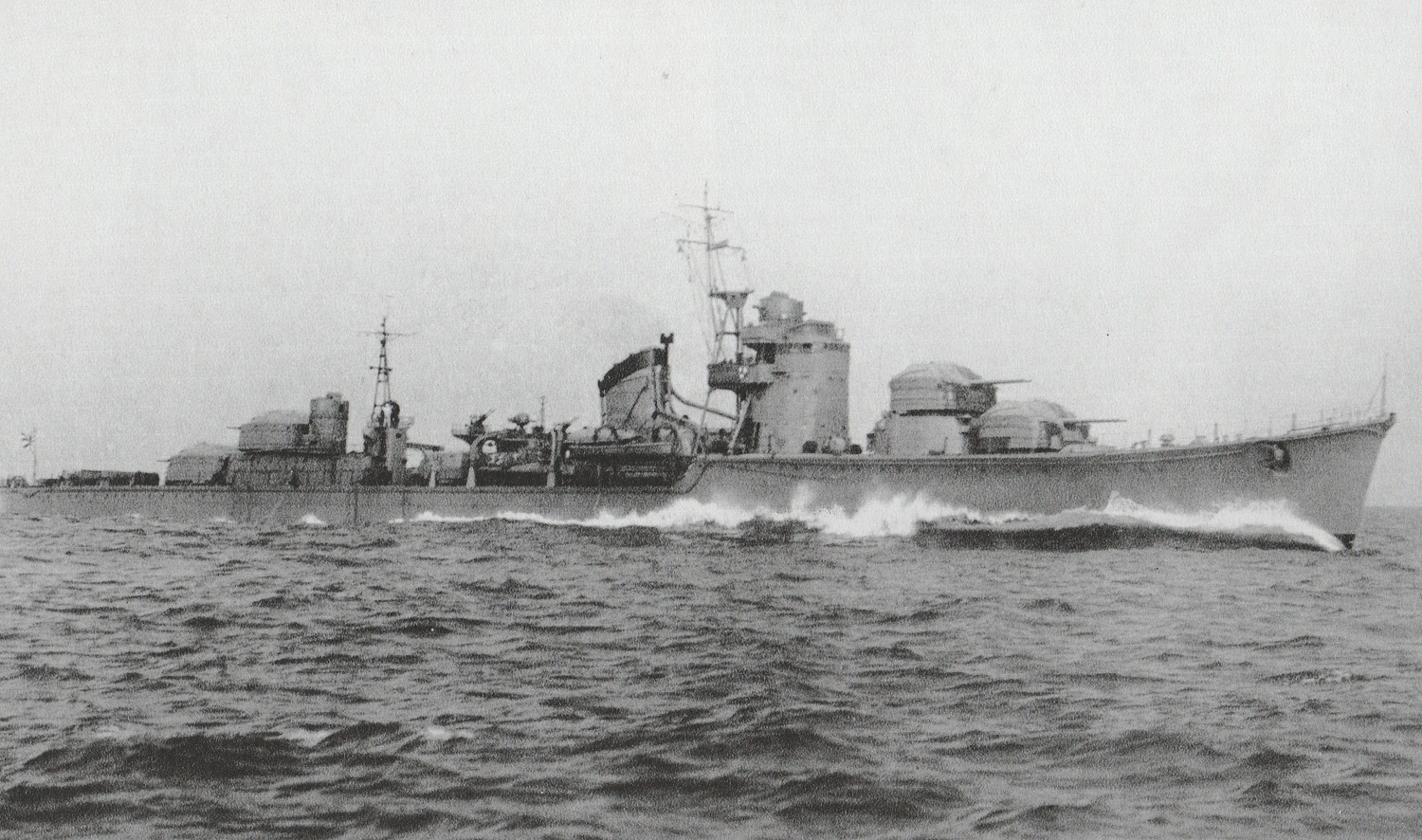
The best Japanese AAA gun of World War II, whose characteristics can only be described as "superb." Their only fault was a rather short service life, the result of high muzzle velocity and a fast rate of fire. In 1945, most new production mounts were diverted to shore-based installations.
The original concept design in 1933 had a 70 caliber barrel, but this was reduced to 65 calibers in the prototype and production units. This reduction was apparently based upon trials with an experimental 14 cm/80 gun in January 1933 and the success of the 15.5 cm/60 Type 3. There were two versions of the 10 cm gun barrel. Model Type I was radially expanded with a removable liner while the Model Type I2 was of radially expanded monobloc construction. Both types had breech rings and a horizontal sliding breech-block. Spring-operated, semi-automatic rammers, which were cocked by the recoil force, were mounted above the guns. These allowed the guns to be loaded at any angle of elevation, an important factor for any AA weapon.
A total of 169 guns were completed between 1940 and 1944 with 68 used in land mountings. All were in twin mounts.
Two mountings were removed from the destroyer Natsuzuki at the end of the war and sent to the USA for examination. Other surviving ships that were used as reparation transports had all weapons removed.
A new 10 cm (3.9") Type 5 (Model 1945) gun was under design at the end of the war, but no guns are known to have been completed. It was intended that this gun would be a replacement for the 12 cm (4.7") 10th Year Type used on escort vessels.
| Designation | 10 cm/65 (3.9") Type 98 (Model 1938)
Official Designation: 65 caliber Type 98 10 cm Gun |
|---|---|
| Ship Class Used On | Akitzuki, Oyodo, Taiho, Shinano and B-65 classes |
| Date Of Design | 1937 1 |
| Date In Service | 1942 |
| Gun Weight | 6,731 lbs. (3,053 kg) |
| Gun Length oa | 265.0 in (6.730 m) |
| Bore Length | 255.9 in (6.500 m) |
| Rifling Length | 221.7 in (5.631 m) |
| Grooves | (32) 0.49 in deep x 0.219 in (1.25 mm x 5.565 mm) |
| Lands | 0.167 in (4.252 mm) |
| Twist | Uniform RH 1 in 28 |
| Chamber Volume | 641 in3 (10.5 dm3) |
| Rate Of Fire | 15 - 19 rounds per minute 2 |
- ^The gun design started in December 1935 and was finished in April 1937. Firing trials began in 1938.
- ^Some sources claim a ROF of 20 to 21 rounds per minute, apparently because the hoists could supply rounds at that rate, but Akitzuki crewmen reported that 19 rounds per minute was very difficult to achieve and that 15 was more typical.
| Type | Fixed |
|---|---|
| Weight of Complete Round | HE Type 0 - 62.2 lbs. (28.2 kg) 1a |
| Projectile Types and Weights 2a | HE Type 0 3a - 28.67 lbs. (13.0 kg) |
| Bursting Charge | 2.1 lbs. (0.95 kg) |
| Projectile Length | 16.3 in (41.3 cm)
Complete Round - 45.8 in (116.3 cm) |
| Propellant Charge | 12.9 lbs. (5.83 kg) 30 DC (?)
Cartridge - 33 lbs. (15 kg) |
| Muzzle Velocity | 3,281 fps (1,000 mps) |
| Working Pressure | 19.4 tons/in2 (3,050 kg/cm2) |
| Approximate Barrel Life | 350 - 400 rounds |
| Ammunition stowage per gun | Taiho and Shinano: about 400 rounds
Oyodo: 200 rounds Akitzuki: 300 rounds |
- ^A Note on Sources: Total round weight varies from 59.9 lbs. (27.15 kg) to 64.5 lbs. (29.235 kg) in various sources. This may have been due to variations in the cartridge casings. The value used above is from "Akizuki-Class Destroyers."
- ^It is interesting to note that, unlike most other Japanese naval guns, apparently no type of ammunition other than time-fuzed HE was ever developed for this gun. This emphasizes that it was solely intended for use as an AA weapon. Practice shells were provided for training purposes.
- ^Common Type 0 HE was supplied with Type 98 time fuzes for AA defense. US Naval Technical Mission to Japan report O-19 says that this round had an effective radius of 14.88 yards (14 m) but this seems to be optimistic.
- Projectile travel (new gun) was 226.4 in (575.0 cm).
| Elevation | Range |
|---|---|
| 45 degrees | 21,325 yards (19,500 m) |
| AA Ceiling @ 90 degrees | 40,325 feet (14,700 m) |
Effective surface range is given as 15,310 yards (14,000 m) and effective AA range as 12,030 yards (11,000 m).
| Designation | Twin Mounts 1b Akitzuki (4) 2b: Model A Oyodo (4) 3b: Model A1 4b Taiho (6): Model A2 Shinano (8) and B-64 (8): Model A3 |
|---|---|
| Weight | 76,060 lbs. (34,500 kg) |
| Elevation | -10 / +90 degrees |
| Elevation Rate | 16 degrees per second |
| Train | Oyodo, Taiho and B-64: About +/-70 degrees
Akitzuki: -150 / +150 degrees |
| Train Rate | 11 - 16 degrees per second |
| Gun recoil | Minimum 16.1 in, nominal 19.3 in, maximum 19.7 in (41 cm, 49 cm and 50 cm) |
| Loading Angle | Any |
- ^Mountings used electro-hydraulic power. Power for elevation was supplied by a 15 hp electric motor operating from 220 Vdc and which ran at 600 rpm. Training power was supplied by a 20 hp electric motor. The power supply for the hoists was independent of the other power supplies in the mounting. In case of power failure, the mount and hoists could be operated manually. Gun crew for twin mounts was about 11 men in the gunhouse with more below.
- ^The Akizuki class used two dredger hoists to supply ammunition to the working chamber. From here, rounds were manhandled to loading positions for pusher hoists, one for each gun. At the top of the hoists, rounds automatically rolled to waiting positions where shell passers handed them to loaders standing on the gun platform, which elevated with the guns.
- ^The Oyodo class used four bucket hoists which delivered ammunition from the magazines to a working chamber abaft the No. 2 15.5 cm (6.1") gun barbette. The maximum rate of supply was 20 to 22 shells per minute per hoist. The ammunition was then carried by hand to the 10 cm (3.9") gun mounts, which were 77 and 135 feet (22 and 41 m) further aft. There were ready-use ammunition storage lockers near the weapon mountings which allowed for a higher rate of fire for a period of time. The fuze setting on this class was performed by a separate machine before the shells were loaded into the gun.
- ^Model A1 was an open mounting and was used for at least some land AA batteries.
- Ramming was via a spring-powered mechanism that was cocked by the recoil force when the gun fired. The mechanism had a removable pulley arrangement where the gun was depressed to cock the rammer for the first round. A misfire meant that the subsequent round needed to be rammed by hand, unless there was time to reattach the pulley and cycle the gun elevation. The rammer was similar to that in the earlier 12.7 cm/40 Type 89, but embodied some improvements, mainly in the tripper gear which had an improved type of tumbler release mechanism. Early production rammers suffered frequent failures due to fracturing of the rammer heads, but this problem was overcome and they gave good service during most of the war.
- Fuze-setting cabinets were on the right side of the mount and were connected to the fuze setting mechanism located on the breech face by a rod gearing that passed through the trunnions. The fuze setting mechanism set the fuze as the shell tray was moved from the loading position to the ramming position. Loading trays were manually operated. The fuze setting was via a toothed bar that engaged the fuze time ring on the shell. In concept, this appears very similar to the British fuze setters used on 2-pdr guns which Japan imported during the 1920s and 1930s and may have been inspired by them.
- Distance between gun axes was 26.0 inches (66 cm) and guns were in a single sleeve.
- Early Akizuki destroyers had two Type 94 Fire Control directors. Production difficulties meant that the last five ships did not receive the aft director system. Late in the war, the early ships had the aft director removed in order to fit additional 25 mm/60 AA guns.
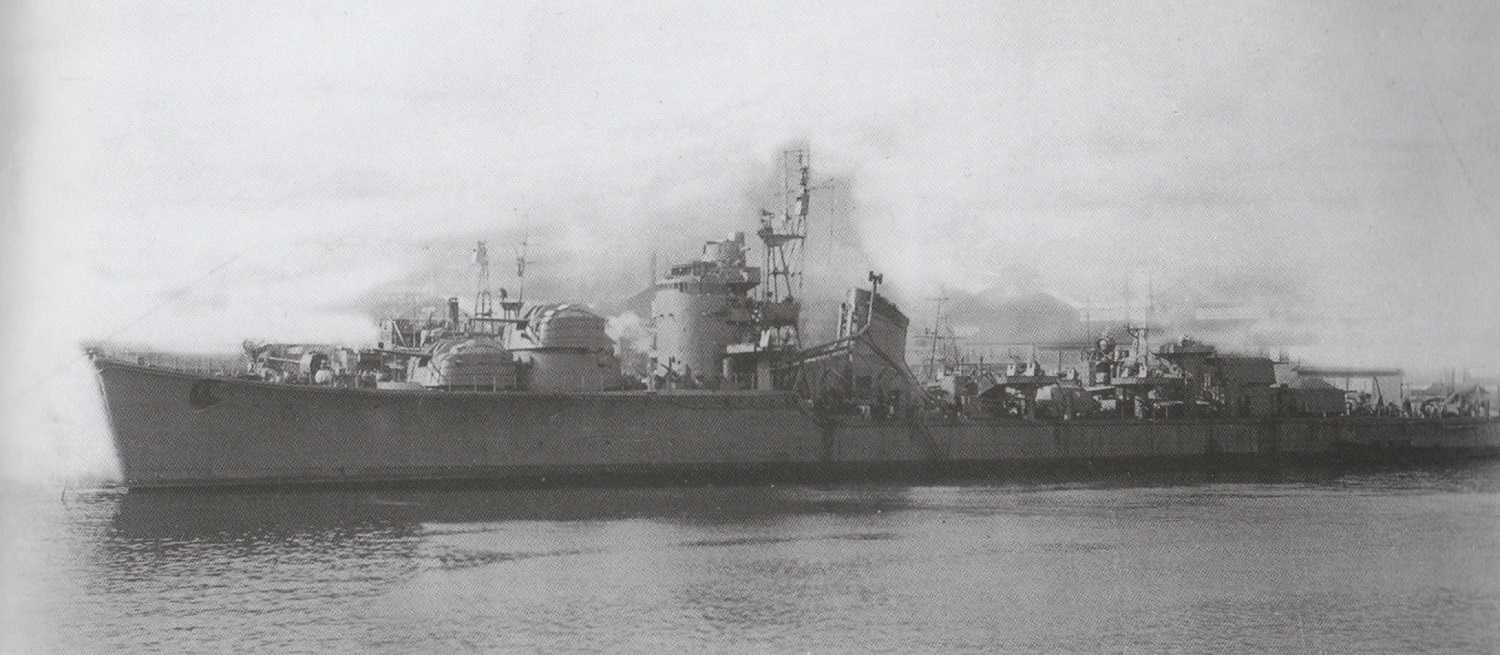
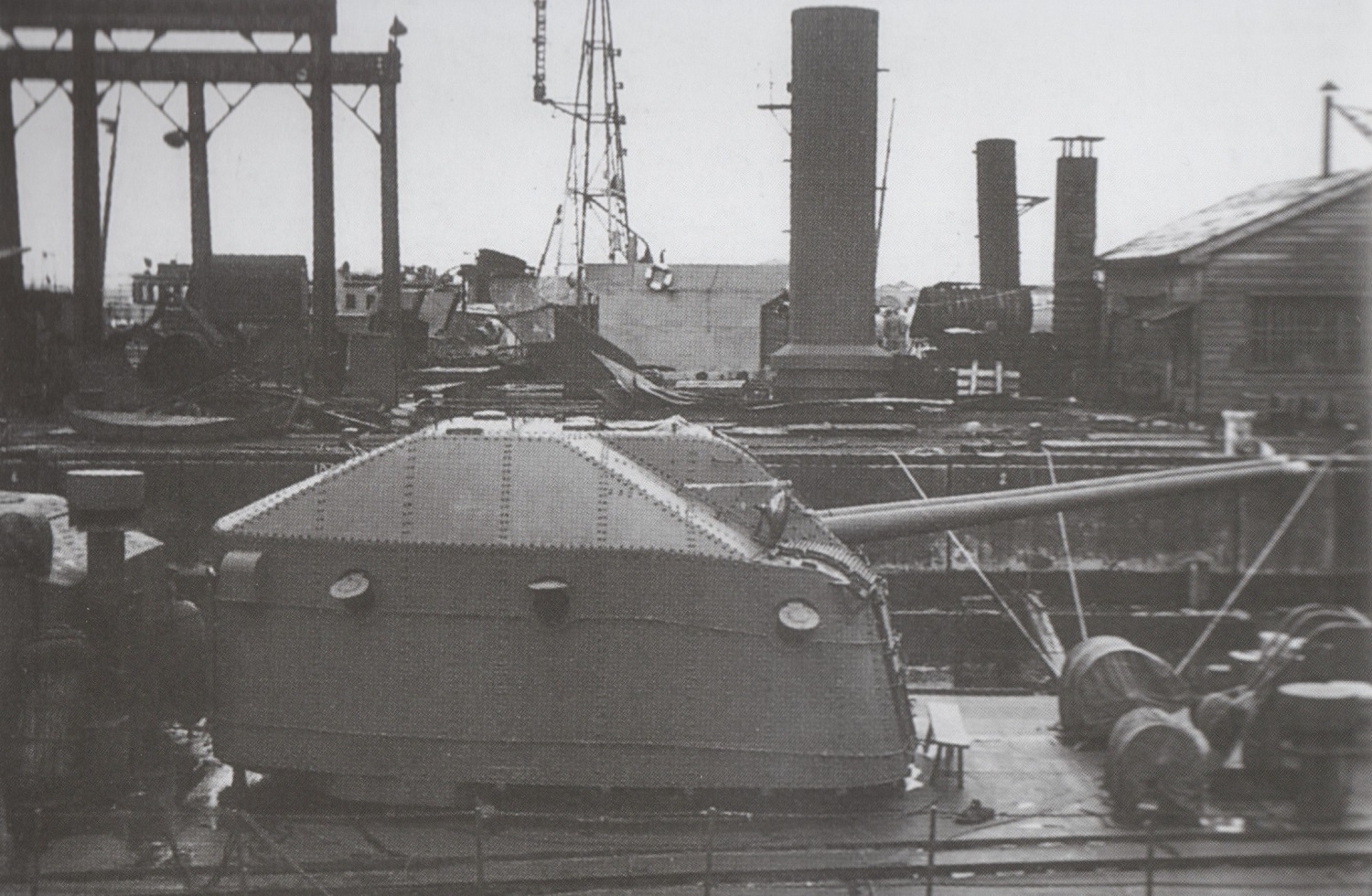
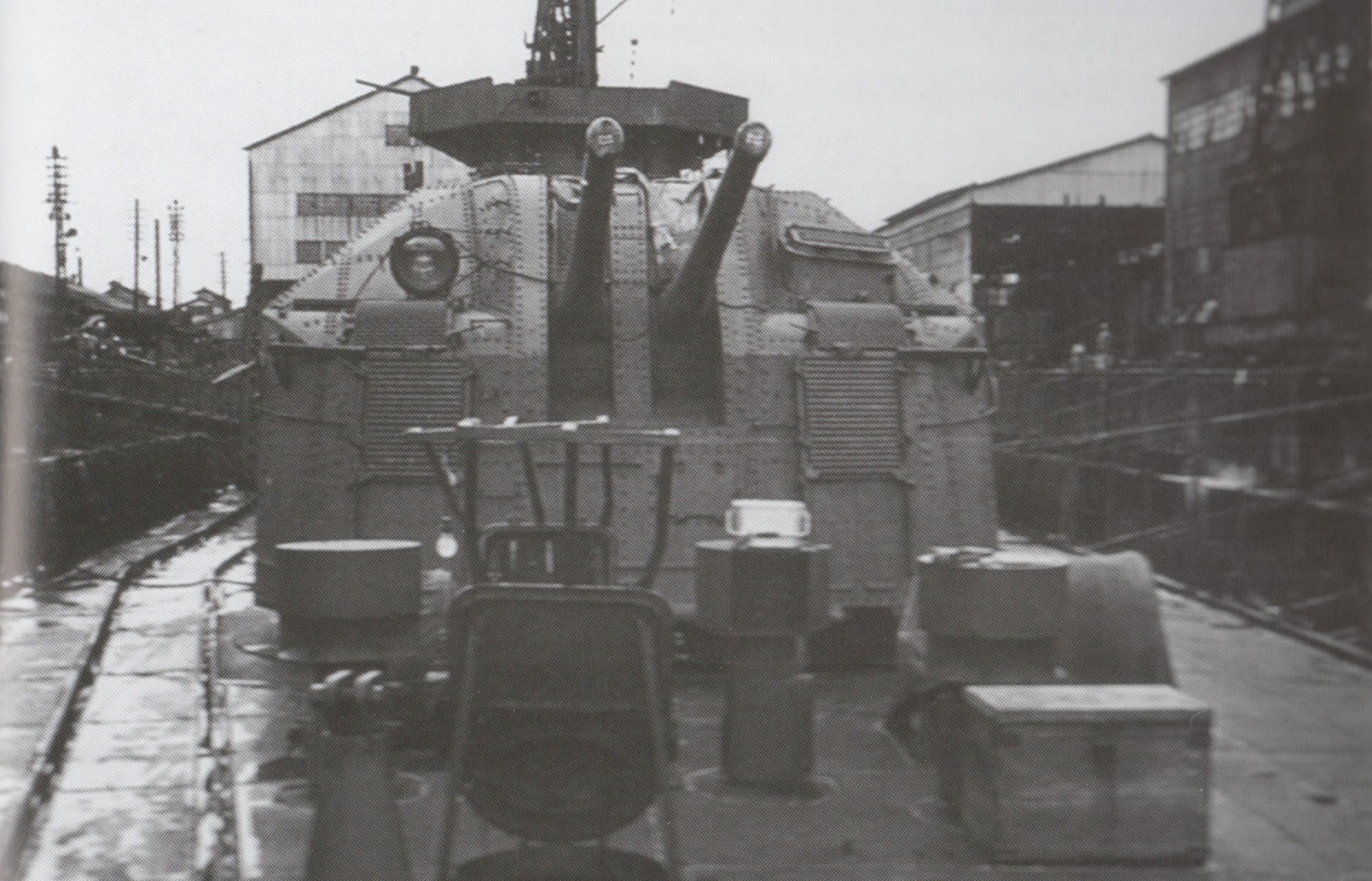

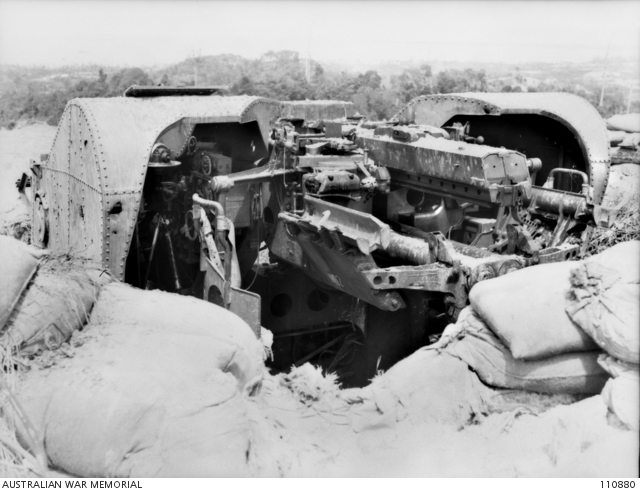
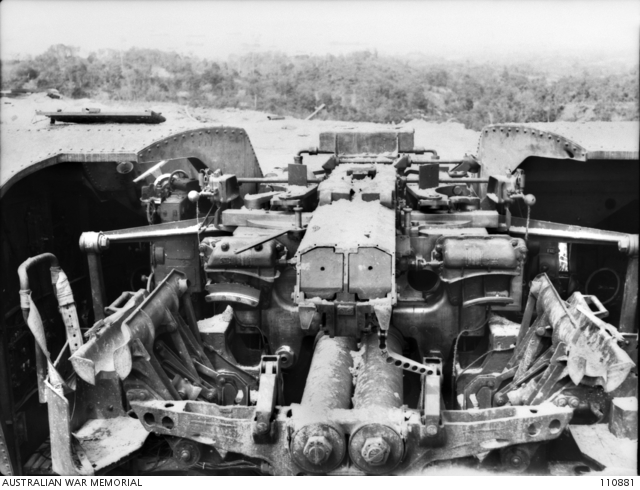
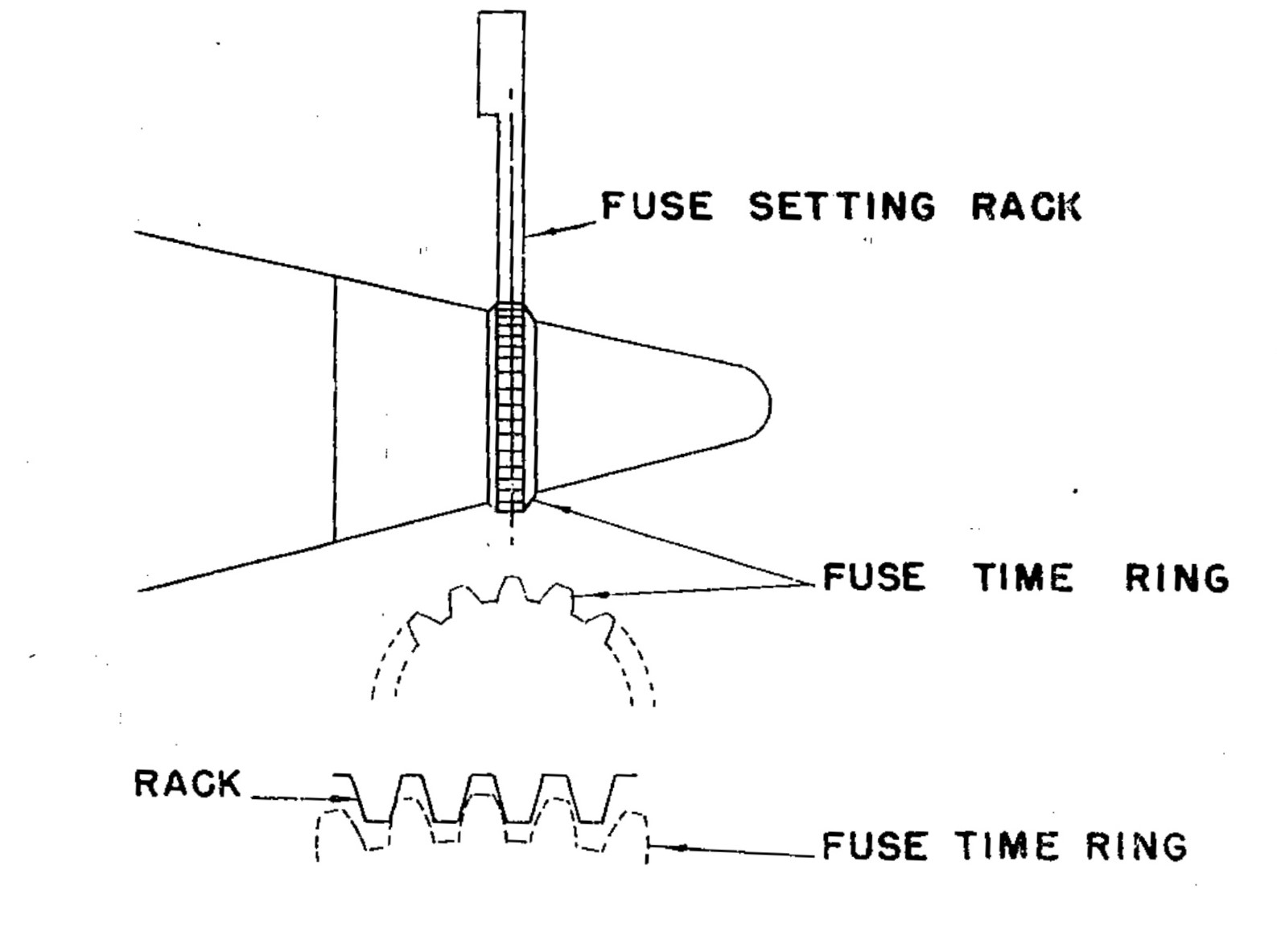
"Japanese Warships of World War II" by A.J. Watts
"Naval Weapons of World War Two" by John Campbell
"Japanese Cruisers of the Pacific War" by Eric Lacroix and Linton Wells II
"Battleships: Axis and Neutral Battleships in World War II" by W.H. Garzke, Jr. and R.O. Dulin, Jr.
"The Japanese Warships of the Pacific War" by The Koku-Fan
"Destroyers: Selected Photos from the Archives of the Kure Maritime Museum - The Best from the
Collection of Shizuo Fukui's Photos of Japanese Warships" by Kure Maritime Museum (Editors) and Kazushige Todaka
"Legends of Warfare: Akizuki-Class Destroyers In the Imperial Japanese Navy during World War II" by Hans Lengerer and Lars Ahlberg
---
US Naval Technical Mission to Japan report O-19: Japanese Projectiles General Types
US Naval Technical Mission to Japan report O-47(N)-1: Japanese Naval Guns and Mounts-Article 1, Mounts Under 18"
US Naval Technical Mission to Japan report O-48: Japanese Fuze-Setting Equipment
---
Japanese Wikipedia 10 cm entry
---
Australian War Memorial Photographs
26 August 2007 - Benchmark
26 December 2011 - Added information about the 10 cm Type 5
27 May 2012 - Updated to latest template
09 August 2014 - Added comment about mountings from Natsuzuki being sent to USA
27 August 2015 - Added photographs of land emplacement
27 September 2015 - Added mounting designations
25 September 2016 - Converted to HTML 5 format
21 March 2019 - Reorganized notes, added note regarding time fuzes on Common Type 0 HE
06 October 2020 - Fixed typographical error
02 January 2021 - Added note about fuze setting
31 July 2021 - Minor changes for clarity
14 September 2021 - Added sketch of fuze setter mechanism, redid photograph of Hatsuzuki
31 March 2023 - Added additional gun and ammunition information, rounds per gun for Akitzuki class, redid photograph of
Hanazuki, added photographs of mountings on Hatsuzuki
23 June 2024 - Added note and photograph captions about Type 94 Fire Control directors
